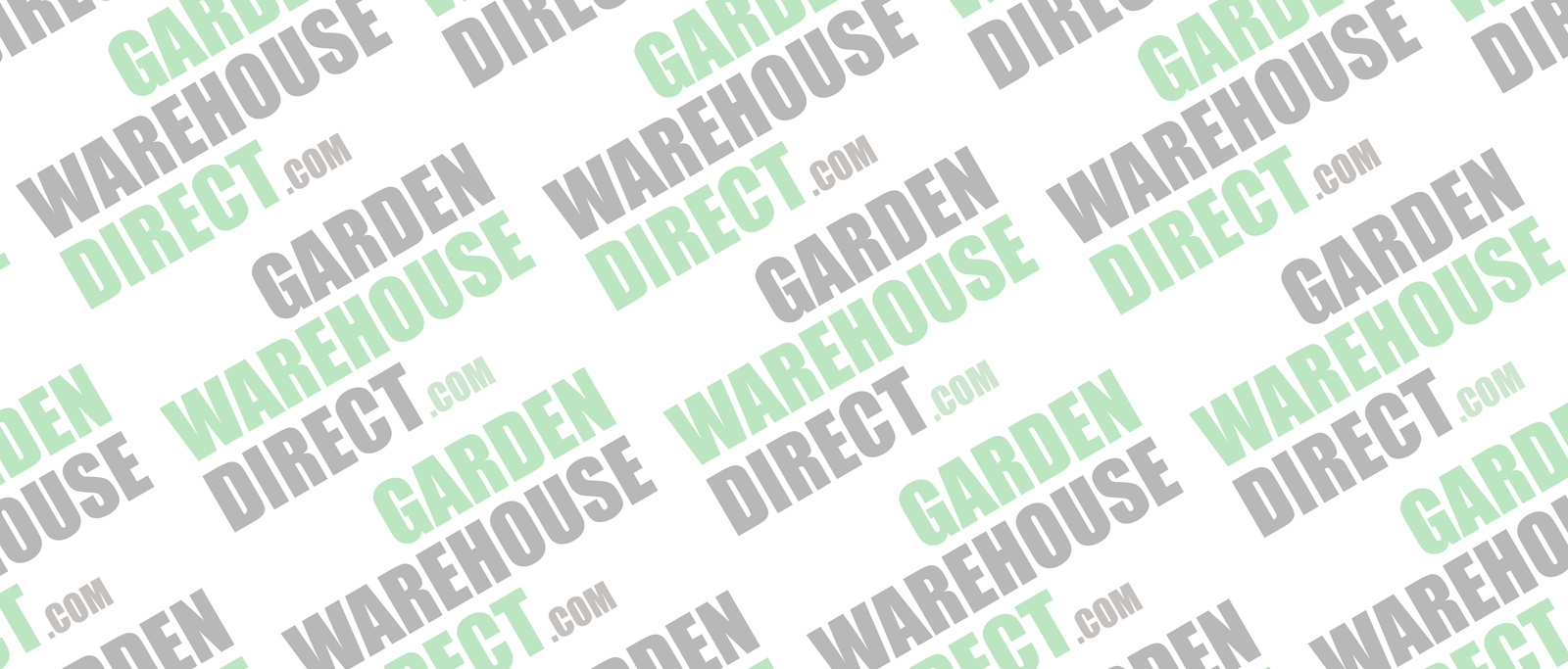GWD Blog – January 26, 2024
The Ultimate Guide to Garden Shed Materials
Overview
Choosing the right garden shed material boils down to balancing your priorities across durability, aesthetics, customisation, security, and price. Here's a quick overview:
Metal Sheds: Known for their exceptional durability and security. However, they may lack in aesthetics and customisation options. Metal sheds are typically made from steel or galvanised aluminium, offering a robust solution against weather elements but may experience temperature extremes due to poor insulation.
Plastic Sheds: Valued for their affordability and low maintenance. These sheds, often made from vinyl or resin, provide a durable option that's resistant to rust, rot, and insects. However, they might not offer the same level of aesthetic appeal or customisation as wood and may be susceptible to damage from strong winds.
Wooden Sheds: Stand out for their natural beauty and high customisation potential. Wood sheds can be tailored to individual needs with options for partitions, insulation, and various styles. They require more maintenance but offer natural insulation, making them comfortable to use throughout the year.
In essence, if you need a sturdy, low-maintenance option, metal might be your best bet. For a cost-effective solution, consider plastic. If aesthetics and customisation are your primary concerns, go with wood.
Insights
Durability: Metal sheds are highly durable with minimal maintenance, though their internal temperature can vary significantly with the weather. Plastic sheds are durable and low-maintenance but may degrade under UV exposure. Wooden sheds offer durability with proper care, benefiting from natural insulation properties.
Aesthetics: Wooden sheds lead in aesthetic appeal, offering a classic look that can be customised to match garden landscapes. Metal and plastic sheds serve more functional purposes and might not blend as seamlessly into garden aesthetics.
Customisation and Security: Wood allows for extensive customization, from design to features like insulation and partitions. Metal sheds offer superior security, making them a safe choice for storing valuable tools and equipment. Plastic sheds, while secure, might not offer as much strength against forced entry.
Price: Plastic sheds are the most budget-friendly, whereas metal sheds fall in the mid-range, and wooden sheds can vary widely in price based on quality and customisation.
Expanding on the basic overview of garden shed materials, we delve into the specifics of durability, aesthetics, customisation, security, and price, integrating the latest insights and data.
Comparison Table
Feature
Metal
Plastic
Wood
Durability
High
Medium to High
Varies (High with maintenance)
Aesthetics
Functional
Utilitarian
Natural and Customisable
Customisation
Low to Medium
Low
High
Security
High
Medium
Medium to High
Price
Medium to High
Low
Varies (Low to High)
Durability
Metal sheds stand out for their robustness, offering a weatherproof solution that withstands the elements without significant maintenance, save for occasional lubrication of door hinges. They're primarily constructed from steel or galvanised aluminium, materials chosen for their endurance. On the downside, metal's poor insulation can make sheds unbearably hot in summer and cold in winter, a factor worth considering based on your climate and intended use.
Plastic sheds, noted for their affordability and low maintenance (requiring just a hose-down for cleaning), present a mixed bag in terms of durability. Although some plastic sheds are UV protected, exposure to sunlight can lead to material degradation over time, including yellowing and cracking. Their lightweight nature, while beneficial for mobility, can make them susceptible to damage in strong winds unless securely anchored.
Wooden sheds, offering a range from basic to high-end options, provide natural insulation, making them comfortable year-round with appropriate lining and insulation. Timber's natural insulating properties mean it maintains more consistent internal temperatures throughout the seasons.
Aesthetics
Wooden sheds excel in aesthetics, offering a classic look that complements garden landscapes. Their natural appearance and potential for customization through painting, staining, and choice of windows and doors make them a popular choice for those prioritising visual appeal.
Metal and plastic sheds, while functional, typically lack the natural aesthetic appeal of wood. Metal sheds can be painted, though it requires more effort to maintain the appearance over time. Plastic sheds, often designed with practicality in mind, may not offer the same level of aesthetic integration into garden environments.
Customisation
Wooden sheds lead in customisation options. Their structure allows for additions like partitions, insulation, and varied window and door styles, making them highly adaptable to specific needs.
Metal sheds offer some degree of customisation, primarily through paint, though the effort and maintenance for customisation are higher compared to wood. Plastic sheds lag in this area, often limited by the material's nature, which can restrict modifications and additions like shelving or hooks unless included in the original design.
Security
Metal sheds provide superior security, being difficult to breach, thus offering a safe haven for valuable tools and equipment. The strength and durability of metal make it the preferred choice for those prioritising the protection of contents.
While plastic sheds can offer a reasonable level of security, they may be more susceptible to forced entry compared to their metal counterparts. Wooden sheds, despite their sturdiness, might be easier to break into without additional security measures.
Price
Plastic sheds emerge as the most budget-friendly option, appealing for those seeking a cost-effective storage solution without a high upfront investment. Metal sheds, with their balance of durability and maintenance ease, sit in the mid-range price category. Wooden sheds span a wide price range, from affordable basic models to premium, highly customisable structures that command a higher price.
Conclusion
Choosing the right shed material involves weighing your specific needs against each option's strengths and weaknesses. For those prioritising durability and security, metal sheds are a strong contender. Wooden sheds are ideal for those valuing aesthetics and customisation, albeit with more maintenance. Plastic sheds offer an affordable, low-maintenance choice but may not meet all aesthetic or strength requirements.
Considering these insights, reflect on your garden's needs and aesthetic preferences to select the best material for your shed, keeping in mind factors like climate, intended use, and budget constraints.
Sources
RenoQuotes: Price guide and materials 2024: Sheds
My Backyard Life: The Best Shed Material (Cost, Durability, Appearance, & More)
Crane Garden Buildings: Which Shed Material is the Best?
Construction How: Building a Metal Shed: The Basics, Best Materials, and a How-To Guide















